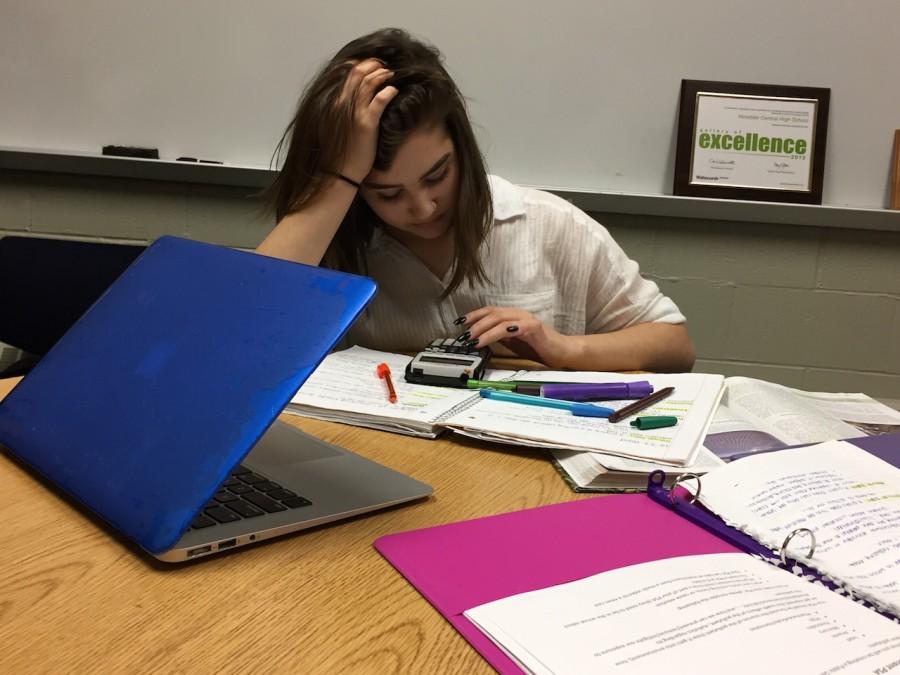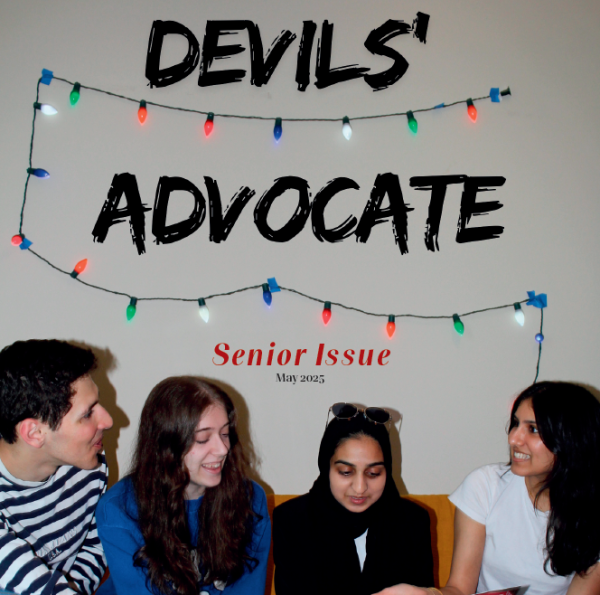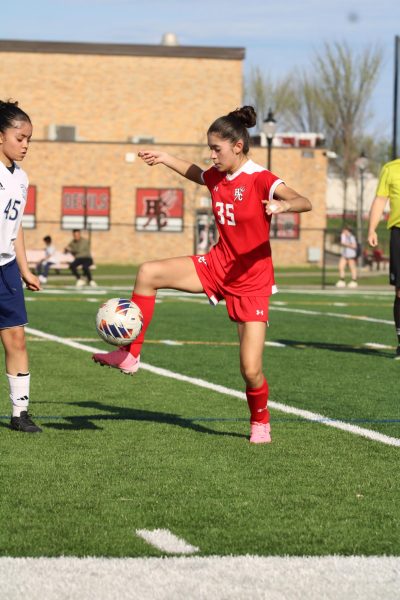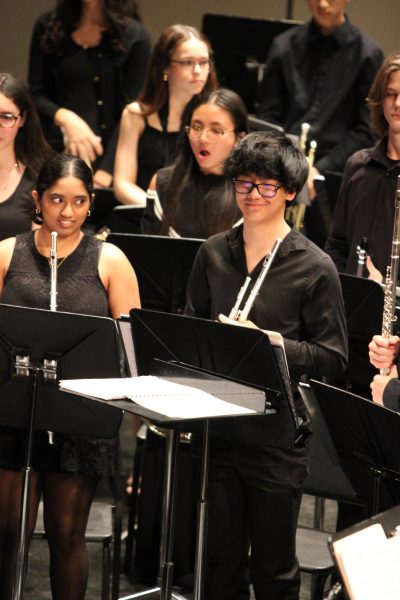Why the 36 wall went down
Junior Riley Kowalski is one of many who feel the pressure to prepare for college entrance exams and maintain high grades in her courses.
The sudden take down of the school’s famed “36 Wall” took some students as a surprise, yet there is a relation between its fall and the students’ mental health that some may not take notice of. The wall showcased students who had received a 36, a perfect score, on the ACT test.
The wall, which used to hail 12 students as the best of the best, what others should look up to, was taken down after a guest speaker talked to the administration about the mental health of high school students. The Wall also included students who had achieved the National Merit Scholars title based on their PSAT scores.

Where the wall stood proud, we now see other acknowledgements of students.
Students are familiar with the pressure that the wall was linked to: competition with one another. In classrooms each day a student may comment on how he/she didn’t go to bed until three in the morning due to a test, another may complain that his/her Philosophy Honors grade should be a 95 percent instead of a 93, and another has a panic attack because of his/her one B grade in a pool of A’s.
Some have also argued that the students constantly feel the pressure to obtain higher grades and achievement in sports and clubs and activities as well. The school culture has been said to create the perfect Central student – one who can get on the 36 Wall – is captain of the Lacrosse team, Chess team, and has a 5.9 GPA, yet still desperately craves the 6.0.
Teenage mental health issues are on the rise according to an article published by The Atlantic entitled “When Anxiety Hits at School”, “Increased amounts of stress, pressure, social media, and divorce” may affect high school students in addition to the academic stress already experienced, according to the article.
“What’s behind the rise is uncertain. Theories include economic distress, dysfunctional families, absent and preoccupied busy parents, technology obsession, social media and extraordinary pressure on kids to excel,” according to an article by the San Jose Mercury News.
Coming home from school, senior Nicole Murphy’s five minute walk starts calm, but as she walks in her front doors, her mother is preoccupied with her job, her father is on a business trip, she has volunteering to get to at 4 p.m. with no ride there, and she’s expected to get through this without showing her stress.
“I’ve noticed this – this rise of my own stress and my classmates. We’re all going through this same thing – we’re pressured to look perfect, get perfect grades, and embody this perfect Hinsdale family, but it’s not viable. Everyone’s worrying about their own things outside of school, and we come in to see this wall of the perfect students we’re supposed to be,” Murphy said.
While most students would say they are happy, some feel the need to pause and question what happiness really means, and according to many health experts, it’s not perfection.

When she's not working at the movie theatre or forcing her dogs to cuddle with her, Mackenzie Murtaugh is consistently reading at least 6 books at a time...

Talia Sankari is a senior at Central and a first-year photographer on staff with Advo. She is a very passionate photographer, and particularly loves photographing...













